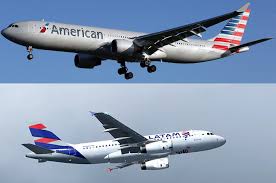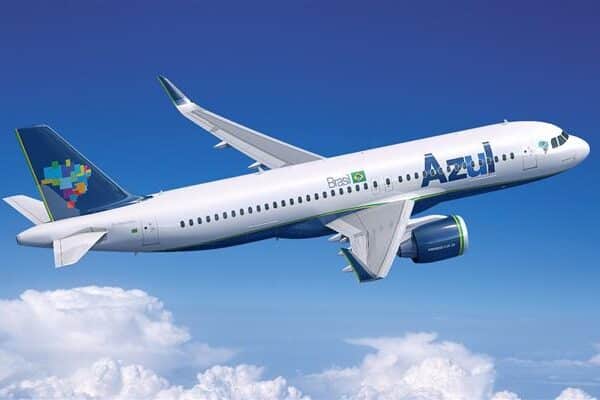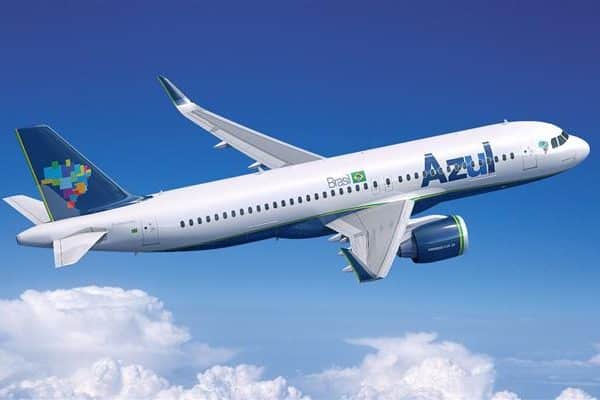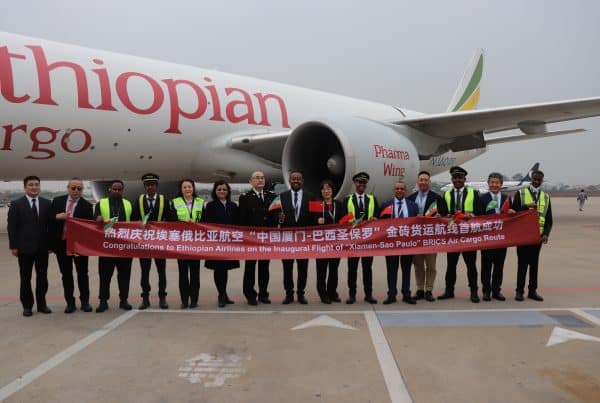The U.S.-Brazil open skies agreement that was signed in 2011 finally went into force Monday following its approval by Brazil president Michel Temer.
The move followed the long-delayed ratification of the agreement by Brazil’s congress earlier this year.
“The Agreement strengthens and expands our already strong trade and tourism links with Brazil and will benefit American and Brazilian businesses and travelers,” the U.S. departments of state and transportation said in a joint statement Tuesday evening. “It will allow for an expansion of air service opportunities and encourage vigorous price competition by airlines, while safeguarding aviation safety and security.”
Under the open skies deal, U.S. and Brazilian carriers are free to fly as many flights as they want between the two countries. Interim rules that had been effect since 2011 only allowed U.S. and Brazilian airlines to each fly a combined 301 flights per week from the U.S. to Brazil. Limits were also in place on how many of those flights could go to Rio de Janeiro and Sao Paulo.
Rules related to customs, taxation and remittances have also been eased with the onset of the open skies regime.
In addition, with the agreement in effect, the Department of Transportation can move forward with a review of the proposed joint venture between American Airlines and South American powerhouse LATAM. In early 2016, the carriers announced their intent to seek anti-trust immunity in order to jointly market, schedule and operate flights between the U.S. and Canada and six South American countries: Brazil, Chile, Colombia, Paraguay, Peru and Uruguay.
Brazil, Colombia and Uruguay have already approved the joint venture.




